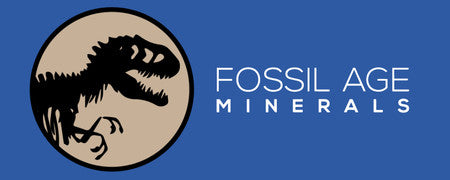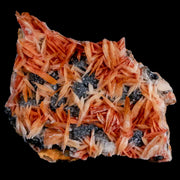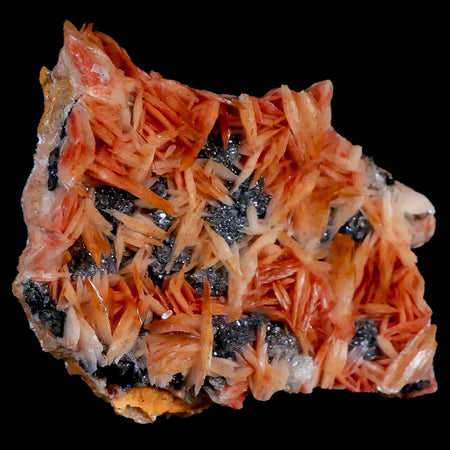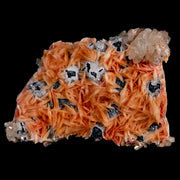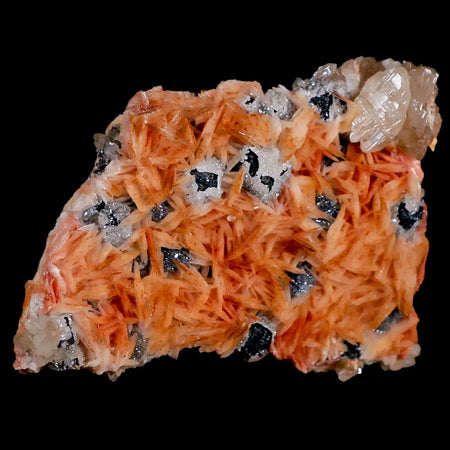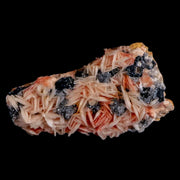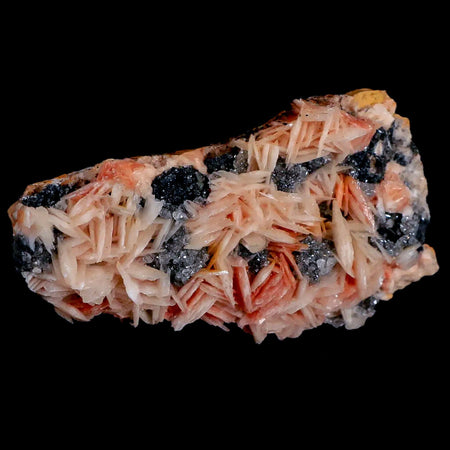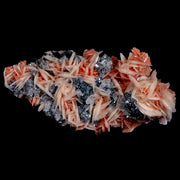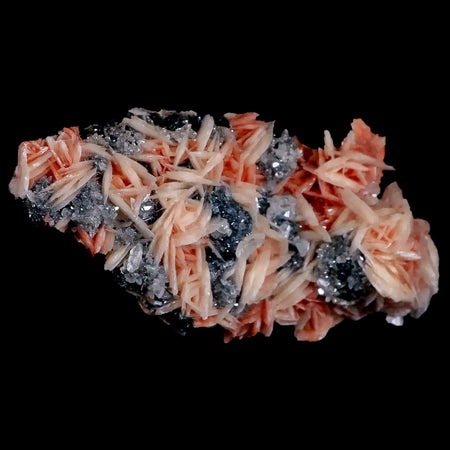2.2" Mosasaur Fossil Vertebrae Cretaceous Dinosaur Era Texas Oza FM COA, Metal Stand
Location: Oza Formation, North Sulfur River, Texas
Weight: 9.2 Ounces (With Metal Stand)
Dimensions: 2.2 Inches Long, 1.8 Inches Wide, 1.8 Inches Thick
Dimensions: 4 Inches Long, 1.8 Inches Wide, 2 Inches Thick (With Metal Stand)
Comes with a Certificate of Authenticity
Comes with a Custom Metal Stand.
The item pictured is the one you will receive.
This is a genuine fossil.
100 - 66 Million Years old, Upper Cretaceous, Maastrichtian Epoch.
Name: Mosasaurus
Named By: Dollo - 1889.
Diet: Carnivore.
Size: Depending upon the species, Mosasaur could range between 6 to possibly just under 14 meters in length.
Known locations: Fossil locations suggest a worldwide distribution, but especially well-known from Europe and North America.
Time period: Campanian to Maastrichtian of the Cretaceous.
Mosasaurs were the largest lizards that ever evolved and attained lengths of almost 60 feet with a skull 6 feet long! The Mosasaur was a powerful swimmer who spent its entire life in the sea. Mosasaurs had long and powerful bodies whose tails and limbs were adapted for swimming. They likely swam by moving their long body in a snake-like way, also using their finned tail to propel them forward. They steered with small, webbed feet. These reptiles lived during the latter part of the Cretaceous period of the Mesozoic Era (from about 96 million years ago to about 65 million years ago) Mosasaurs were carnivores eating fish, sea urchins, turtles, and shellfish. They lived at the same time as many of the dinosaurs, and like the dinosaurs became extinct during the Cretaceous-Tertiary mass extinction.

Please be aware of the nature of fossils:
Being buried under the ground for millions of years under tons of pressure tends to be rough. No fossil comes out of the ground whole and perfect. Most fossils have undergone some restoration, while others are altered by man simply to enhance their presentation in different ways. The workers in the United States do a very professional job, of unearthing and preserving these natural treasures, however, commonly natural cracks are visible on the surface. These are part of the natural beauty of the fossil and are not considered defects.

